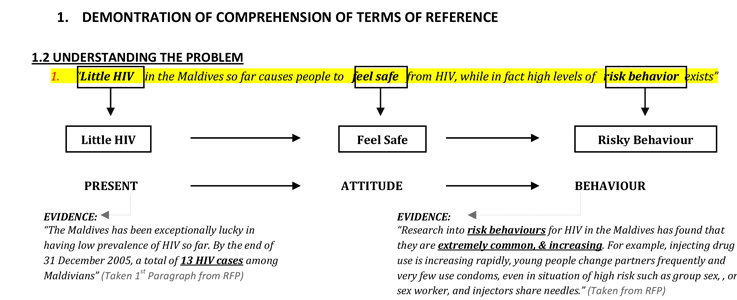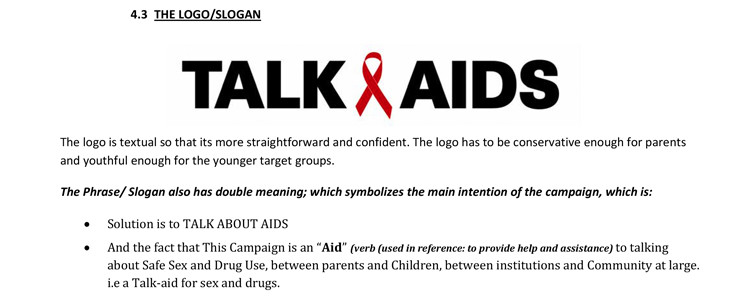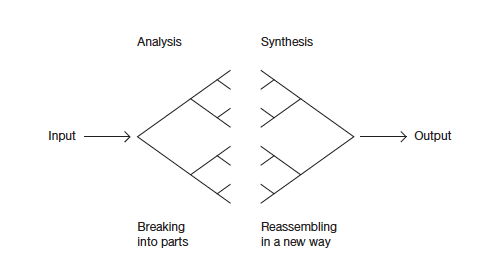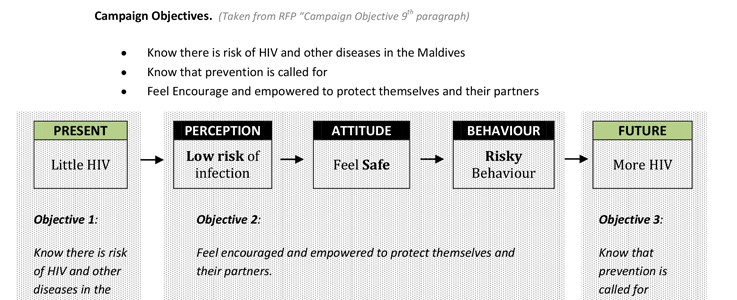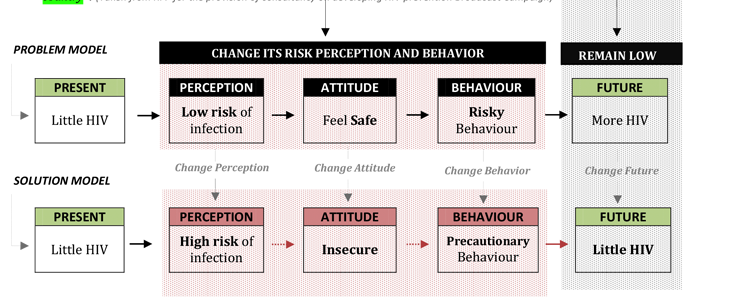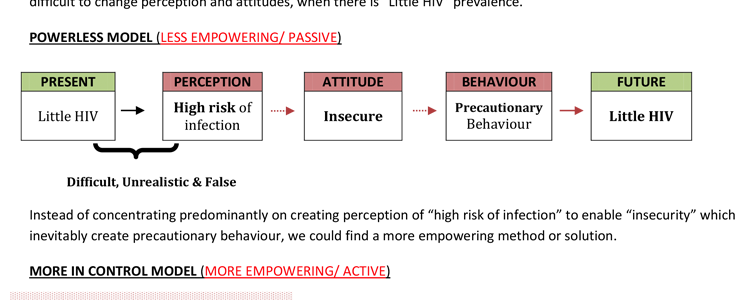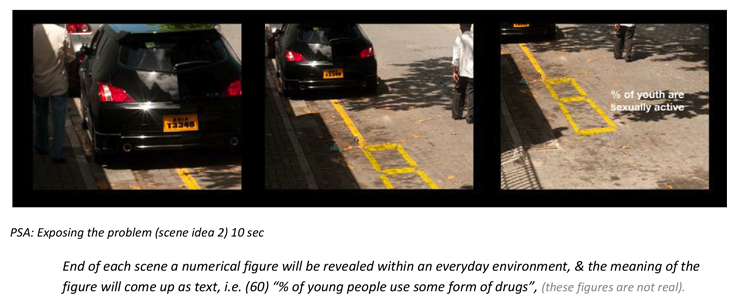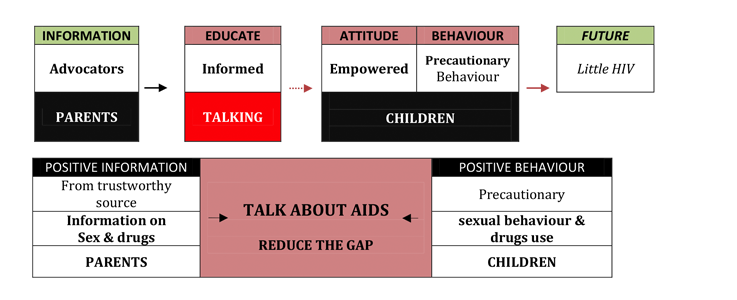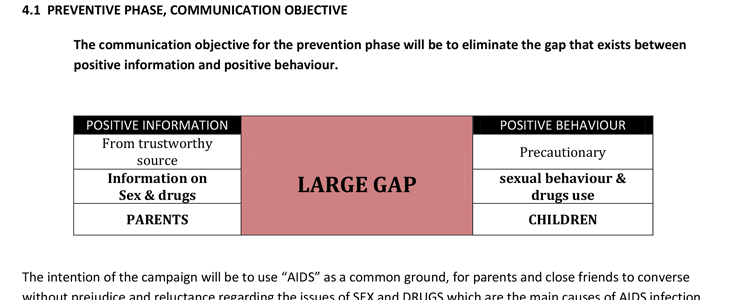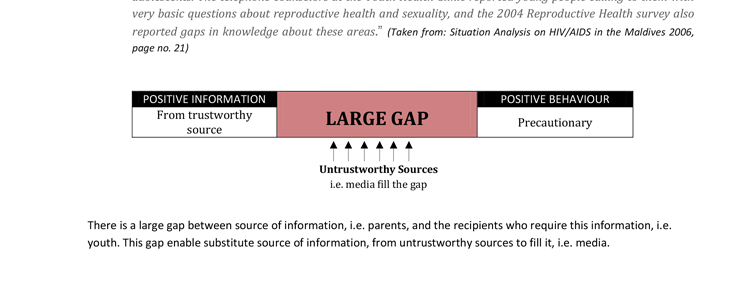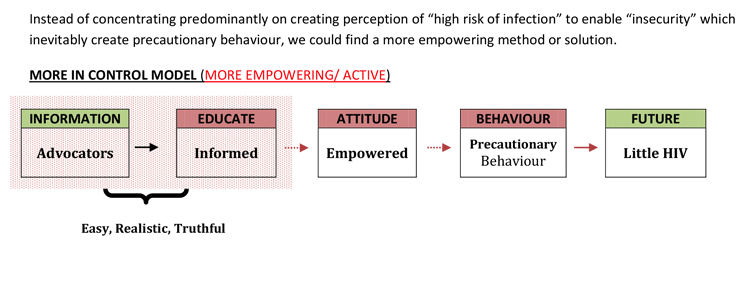HIV Prevention: A broadcast campaign proposal
As marketing consultant at mooinc. pvt. ltd., I am in charge of developing proposals for marketing bids, majority of which is for Government and UN agencies. This is one of the proposal, significance being, this is one of the proposals we didn’t win. As any bid proposal we look at the terms of reference, and deconstruct the document to determine the main problem as described from the point of view of the client. We layer the TOR, within marketing communication theories and models, to enable us to identify the core problem, hence how marketing solutions could help alleviate it. I wanted to share this document, as in my opinion shows the effectiveness of “Analysis & Synthesis” process, whereby you are able to breakdown existing evidence, and inquiry into parts, (i.e Analysis), and reassemble it in a new way (i.e. Synthesis)
“Alexander (1962) and other designers have described analysis as a process of breaking a problem into pieces—of “decomposing” it. Synthesis follows as re-ordering the pieces based on dependencies, solving each sub-piece, and fi nally knitting all the pieces back together—“recombining” the pieces. This decomposition-recombination process also diverges and then converges” by Hugh Dubberly “How do you Design – Compendium of models”
Download an extract from proposal
Potential Client: UNDP Maldives
Creative Agency: Mooinc. pvt. ltd.
Marketing Consultant: Ali Saeed
Design Consultants: Zubin Saleem, Ahmed Saeed, Shahee Ilyas
